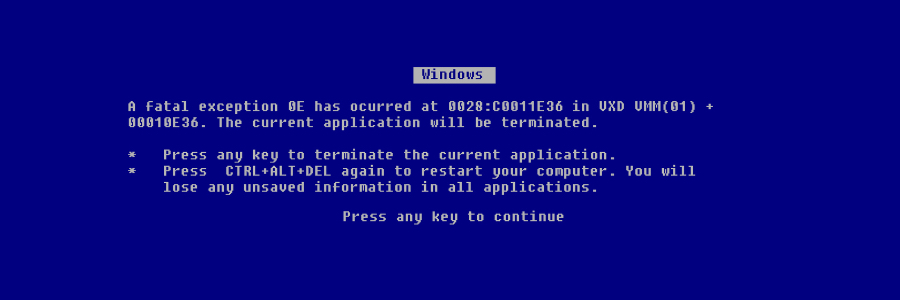One of the most consistent issues with Windows 10 has been how updates are rolled out to users. Usually, the biggest problem is that updates slow computers’ performance to a crawl. Sometimes they cause computers to crash. But this time, updates are causing files to disappear.
How to avoid issues caused by Windows 10’s April update
Windows 10 security can be bypassed by Snatch malware

If your business is running on a Windows 10 operating system (OS), you should be careful of Snatch, a new strain of ransomware that can easily bypass its security protocols. Discovered by a research team in Sophos, this malware can slip through Windows 10’s security software by rebooting your computer in Safe Mode and disabling security programs from starting.
What hyperconverged infrastructure can do for SMBs

Thorough IT infrastructure builds tend to be cost-prohibitive and consequently, difficult to justify for many businesses. Hyperconvergence is a great alternative to traditional IT builds, both in terms of cost and robustness.
What are hyperconverged infrastructures?
In a traditional IT environment, networking, server, and storage hardware need to be purchased separately and configured to work together as a cohesive system.
Security tips for Macs and other Apple devices
Make sure your web browser is safe

Web browsers are gateways to the internet, which is why you should care about how they transmit and store sensitive information. Want to learn more about which browser is safest? Take a read.
Microsoft Edge
Microsoft Edge, Windows’ current default browser, is an improvement over its predecessor Internet Explorer (IE). Edge was developed with Windows 10 integration and IE end-of-life in mind, resulting in a powerful and more efficient browser that has Cortana (Windows’ answer to Alexa and Siri) integration and Microsoft Store extensions.
Solve these Office 365 security challenges

Microsoft’s Office 365 is a robust productivity and collaboration tool. Businesses are particularly drawn to its advanced features, flexibility, and cost-efficiency. But like other cloud-based platforms, it’s not immune from security risks.
Vulnerabilities in SharePoint
Businesses typically use SharePoint Online and on-premises SharePoint sites to store sensitive data like personally identifiable data.
What to do when your Mac is hit with malware

Macs may be heralded as more secure than their competitors, but they too can be hacked. Malicious programs that appear like harmless files or apps can infect your computer and cause it to slow down to a crawl. If this ever happens, you must be able to remove the malware quickly before the infection gets worse.
End ransomware with virtual DR
PHI security best practices
Mobile ransomware is coming for your Android

If malware infects your computer, it would either crash at random, display annoying ads or notifications, or slow down. An Android device that has been breached by malware will not immediately show any signs of infection, unless it’s ransomware.
How does ransomware make it onto your Android device?
Like its desktop equivalent, mobile ransomware needs to be installed on your device before it can do damage.




